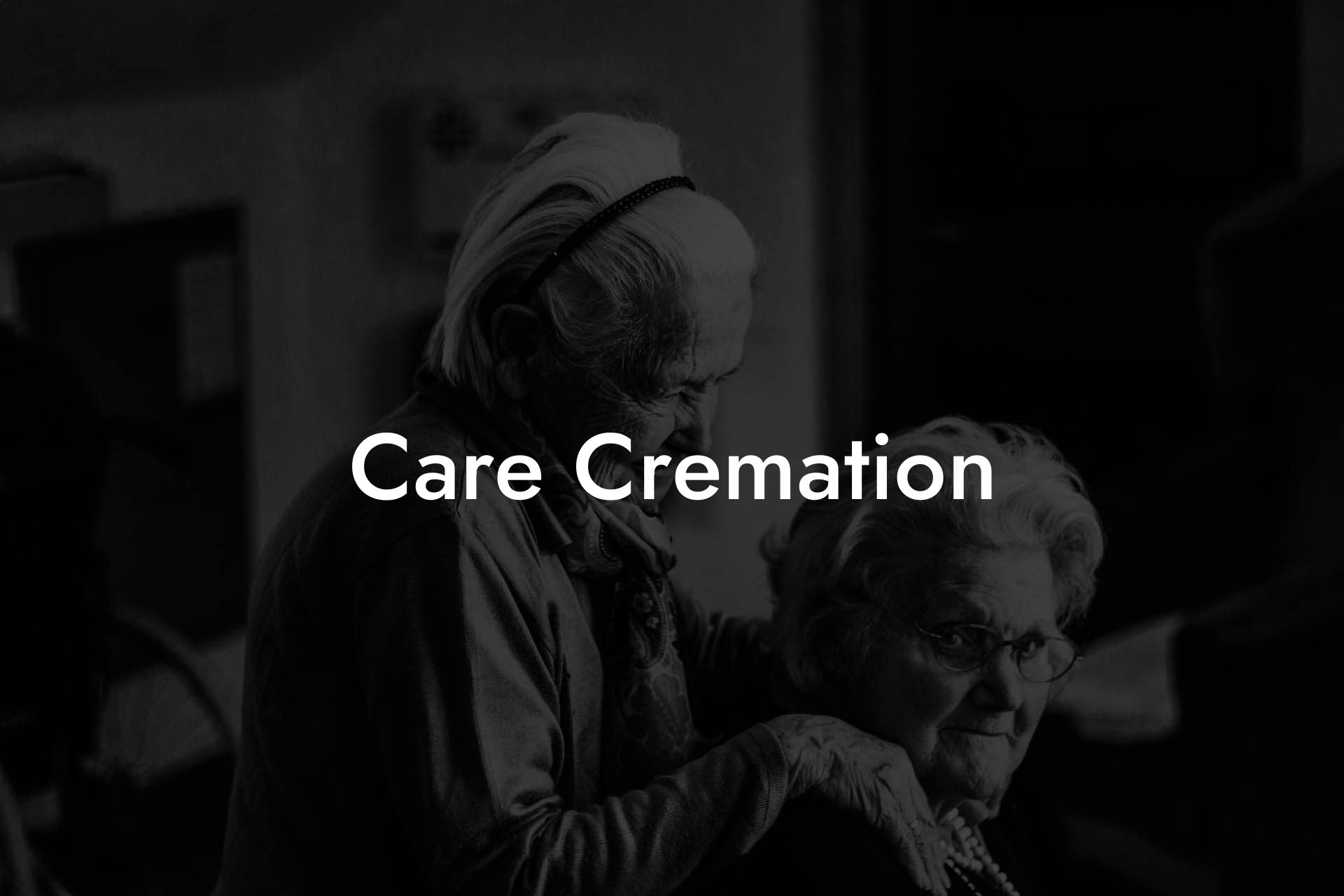Imagine a world where saying goodbye to a loved one is a celebration of life, rather than a sorrowful farewell. Welcome to the world of care cremation, where the art of honoring the deceased meets the science of eco-friendly funeral practices. In this comprehensive guide, we'll delve into the world of cremation, exploring its history, benefits, and the innovative ways it's revolutionizing the funeral industry.
Quick Links to Useful Sections
- The History of Cremation: A Journey Through Time
- The Benefits of Cremation: Why It's a Growing Trend
- The Cremation Process: What to Expect
- Types of Cremation: Understanding Your Options
- Cremation and Funeral Services: What to Expect
- Resources and Community Support: Your Next Steps
- Frequently Asked Questions: Cremation and Beyond
The History of Cremation: A Journey Through Time
Cremation, the practice of burning the dead, has a rich and varied history that spans thousands of years. From ancient civilizations to modern-day innovations, cremation has evolved significantly over time.
In ancient Greece and Rome, cremation was a common practice, with the ashes of the deceased often placed in urns and buried in sacred grounds. The practice continued through the Middle Ages, where it was seen as a way to prevent the spread of disease. However, with the rise of Christianity, cremation was discouraged, and burial became the preferred method of disposing of the dead.
Fast-forward to the 19th century, when cremation experienced a resurgence, driven in part by the growing urbanization of cities and the need for more efficient and hygienic ways of disposing of the dead. The first modern crematorium was built in Milan, Italy in 1876, and soon, cremation began to gain popularity across Europe and North America.
The Benefits of Cremation: Why It's a Growing Trend
So, why are more and more people choosing cremation over traditional burial? The benefits are numerous, and they're driving a significant shift in the way we approach death care.
Environmental Benefits: Cremation is a more eco-friendly option than traditional burial, which requires large plots of land, embalming fluids, and caskets. Cremation reduces the body to its simplest form, minimizing the environmental impact.
Cost-Effective: Cremation is often significantly cheaper than traditional burial, with costs ranging from $1,000 to $3,000, compared to $7,000 to $10,000 for a traditional funeral.
Flexibility: Cremation provides families with the flexibility to hold a memorial service or scattering ceremony at a later date, allowing them to grieve and celebrate the life of their loved one in a way that feels most meaningful to them.
The Cremation Process: What to Expect
So, what happens during the cremation process? Here's a step-by-step guide to help you understand what to expect:
Preparation: The body is prepared for cremation, which may include washing, dressing, and placing the body in a cremation container.
Cremation Chamber: The body is placed in a cremation chamber, where it's exposed to high temperatures (typically between 1400°C to 1800°C) for 1-2 hours.
Processing: After cremation, the remains are processed into a fine powder, known as cremated remains or ashes.
Return of Ashes: The ashes are returned to the family, who can then choose to bury, scatter, or keep them in an urn.
Types of Cremation: Understanding Your Options
Did you know that there are several types of cremation? Here are some of the most common options:
Traditional Cremation: This is the most common type of cremation, where the body is cremated in a cremation chamber.
Green Cremation: Also known as bio-cremation or alkaline hydrolysis, this process uses a water-based solution to break down the body, reducing the environmental impact.
Resomation: This process uses a combination of water and an alkali solution to break down the body, leaving only bone fragments and ashes.
Home Cremation: This option allows families to care for their loved one at home, using a specialized cremation unit.
Cremation and Funeral Services: What to Expect
What happens during a cremation funeral service? Here's a breakdown of what you can expect:
Viewing: A viewing or visitation may be held before the cremation, allowing friends and family to say their final goodbyes.
Memorial Service: A memorial service may be held after the cremation, where family and friends can gather to celebrate the life of their loved one.
Scattering Ceremony: A scattering ceremony may be held, where the ashes are scattered in a special location, such as a garden, park, or at sea.
Resources and Community Support: Your Next Steps
Losing a loved one can be a difficult and overwhelming experience. Here are some resources and community support options to help you navigate the grieving process:
Grief Counseling: Many funeral homes and crematories offer grief counseling services, either in-person or online.
Support Groups: Joining a support group can provide a sense of community and connection with others who have experienced a similar loss.
Online Resources: There are many online resources available, including grief blogs, forums, and social media groups.
Frequently Asked Questions: Cremation and Beyond
Here are some frequently asked questions about cremation and the funeral industry:
1. Is cremation a pagan practice?
No, cremation is not a pagan practice. While it was practiced by ancient cultures, it's now a widely accepted and popular choice for people of all faiths and backgrounds.
2. Can I still have a funeral if I choose cremation?
Yes, you can still have a funeral or memorial service even if you choose cremation. In fact, many families choose to hold a service before or after the cremation.
3. What happens to the ashes after cremation?
The ashes are returned to the family, who can then choose to bury, scatter, or keep them in an urn. Some families also choose to divide the ashes among family members or friends.
4. Is cremation more environmentally friendly than traditional burial?
Yes, cremation is generally considered a more eco-friendly option than traditional burial, which requires large plots of land, embalming fluids, and caskets.

